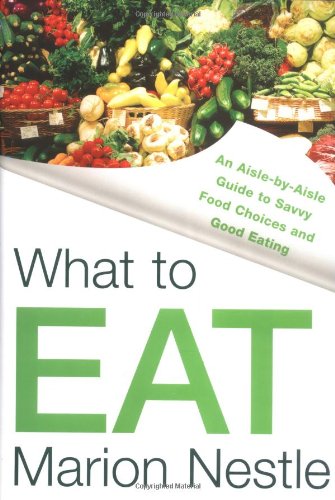
Piping the filling into the potato shells with a pastry bag makes an attractive presentation. You can also just spoon in the filling and crosshatch the top with the tines of a fork.
- 1 1/2 teaspoons vegetable oil
- 8 6-ounce russet potatoes, scrubbed
- 5 1/2 ounces soft fresh goat cheese (such as Montrachet), crumbled
- 3/4 cup half and half
- 3 tablespoons unsalted butter
- 2 leeks
- 4 slices of turkey bacon
Position rack in center of oven; preheat to 375°F. Rub oil over potatoes. Pierce in several spots with fork. Place directly on oven rack; bake until very tender, about 45 minutes. Transfer to rack; cool 10 minutes. Using oven mitts, grasp 1 potato in hand. Using serrated knife, cut off top 1/4 of potato. Using spoon, scoop out potato, leaving 1/2-inch-thick shell; transfer potato flesh to large bowl. Repeat with remaining potatoes. Mash potatoes until smooth. Mix in cheese, then half and half, butter, and chives. Season with salt and pepper.
In a separate pan saute the leeks and turkey bacon in a bit of olive oil until the leeks are tender. Mix the leeks and turkey bacon with the potato and cheese mixture.
Spoon about 3/4 of mixture into shells, dividing evenly. Transfer remaining potato filling to pastry bag fitted with large star tip. Pipe filling atop potatoes. Place potatoes on baking sheet. (Can be made 1 day ahead. Cover loosely with plastic wrap and refrigerate.)
Position rack in center of oven and preheat to 375°F. Bake potatoes until filling is heated through and tops brown, about 20 minutes.
Makes 8 servings.
Adapted from Bon Appétit, November 2001
—
Substitutions: The original recipe does not include leeks or turkey bacon and instead calls for chives. To make the potatoes more of an entree rather than side, I decided to add the meat. I did not find it necessary to rub the potatoes with oil. Used 1% milk instead of half and half. Skipped the butter. Instead of baking them for 45 minutes in the oven initially, I put them in the microwave for 25 minutes. I spooned the mixture into the potatoes because I did not have a pastry bag or tip.

 About: Go behind the swinging doors of the restaurant world with eGullet’s irreverent Fat Guy.
About: Go behind the swinging doors of the restaurant world with eGullet’s irreverent Fat Guy.